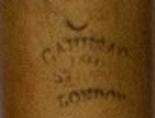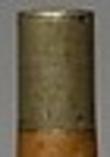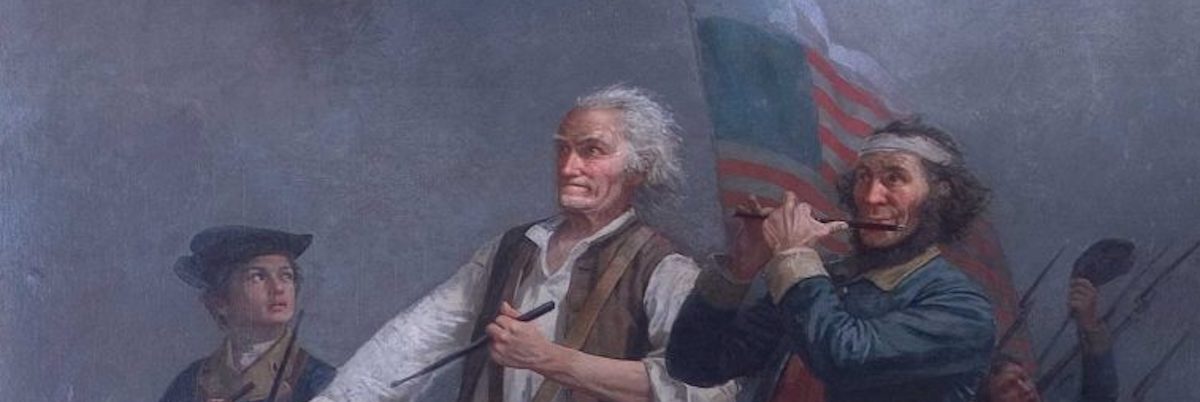
Courtesy of the Metropolitan Museum of Art.
http://www.metmuseum.org/toah/works-of-art/2000.365/
Place of business: London, England.

Dates of business: 1738-1816.*
*Note: Per Langwill, (The Cahusac Family comprised of Thomas Sr. and his sons, Thomas Jr., William and Maurice. The mark “Cahusac London” appears to have been common to all members of the family, thus rendering precise attributions impossible.”)

According to a trade card printed about 1780, Cahusac advertised himself as a “Flute and Musical Instrument Maker . . . who has the Honour to work for the Royal Family, and the best Masters; makes and Sells all Sorts of Musical Instruments, viz. German Flutes, in Ivory, Ebony, Cocoa, or Box Wood, tipt [sic] with Gold, Silver, Ivory, or Plain, in the neatest Manner; Voxhumains, Clarinets; Fifes for the Army; Pipes and Tabors; Bird-Flutes and Flagelets [sic]; Bagpipes; French Horns; Trumpets . . . Mouth-pieces for French Horns . . . Bassoon and Hautboy Reeds; Reed Cases.” (National Music Museum)
Features:
Length of Instrument-the fife is 15 inch.
Wood-the instrument is made of Boxwood.
Key of instrument-C
Finger holes-The finger holes are not of the same size.
The spacing on the holes is as follows:
1-2=.70
2-3=.68
3-4=.81
4-5=.60
5-6=.63
This shows that the hole pattern is not even.
Swell-the swell comes at the embouchure hole.
Ferrules- Brass/seamed
